Today, March 3, is World Wildlife Day, initiated by the UN in 2013. To celebrate, Magellan and I decided to learn more about the wildlife we photographed in Alaska last summer.
Sea Otters
So cute, aren’t they? Lazily back floating in the waves, suntanning their creamy whiskered faces.
Magellan and I were surprised to learn they can weigh up to forty-five kilos. Their preferred diet of large amounts of sea urchins helps to keep intertidal zones healthy and diverse.
Russian fur-trappers called them “soft gold.” Instead of blubber, sea otters have a dense coat of luxuriously soft fur—up to 150,000 hairs per square cm they need to keep immaculately clean to stay warm.
Unusual Fact: Gabe, the captain on our boat trip to Seldovia, says sea otters are the largest members of the weasel family and are related to skunks, wolverines, weasels, badgers and minks.
Lesser Yellowlegs
Slender, elegant and graceful, the Yellowlegs is a joy to watch high stepping across the mudflats.
They breed in Alaska, usually laying four eggs that both parents incubate on a well-hidden nest on dry mossy ground.
A few hours after hatching, the chicks leave the nest—even though they can’t fly for about three weeks.
Over the last five decades, their population has declined about 75%. The reasons? They’re hunted down on their winter grounds in Central and South America, and they’re losing their habitat. Various organizations in Alaska and Canada are collaborating to better understand this species. (I wonder how many Yellowlegs die in the three-week period after they’ve left the nest and can’t fly?) In the Anchorage area, the study group located and monitored twenty-two nests during the incubation period in 2018 and 2019. They found that less than half of the nests hatched a chick.
Unusual Fact: The nests of Lesser Yellowlegs Sandpipers are “notoriously cryptic and difficult to find and published nest success rates are rare.”
Brown Bears
Ninety-five percent of the brown bears in the United States live in Alaska, congregating in high numbers in habitat-rich estuaries where rivers flowing out of the mountains meet the sea. Few places in the world attract as many bears to a small area as Chinitna Bay where we saw them (and wrote about in a previous blog).
Food is so abundant that the largest adult males can fatten up to 350 kilos by the time they return to their dens to hibernate. Females weigh about a third less.
Unusual Fact: Brown bears are generally loners who seek a mate only for a short period.
Humpback Whales
Good news—the humpback population in Alaska’s Central North Pacific has increased from a low of about 1,400 individuals in 1966 to more than 21,000, exceeding the government’s recovery goals.
Humpbacks usually winter in tropical waters. They breed and calve there before migrating to temperate and subpolar waters, like those in Alaska, for the spring, summer and fall.
While humpbacks are predominantly black, most of the ones we saw were gray.
Yes, they’ve got big, ugly mouths. But when feeding, that mouth can take in large volumes of water and food, expanded by the pleated grooves in their throat. When they close their mouths, “water is forced through the baleen plates, which act as a sieve, trapping the food inside the mouth.” Good thing given a humpback whale needs to consume 1.3 tonnes of food per day, mainly krill and small fish.
Unusual Fact: Adult females are slightly larger than the males—averaging 15m in length and weighing approximately 35 tons.
Stellar Sea Lions
Hairless and thick-bodied, they’re kind of ugly, aren’t they?
I don’t agree with George Wilhelm Steller, a naturalist aboard the 1741 Vitus Bering expedition who named this seal, that the male’s large neck and shoulder region resembles a lion’s mane.
We saw them in Resurrection Bay, sunning themselves on rocky outcrops.
While female Steller sea lions can live for thirty years, the lifespan of the bulls is only half that because of the fierce competition for territory.
Unusual Fact: Stellar sea lions do not migrate.
Barren-Ground Caribou
Seeing a few caribou is a nice experience—but one day I’d like to see a whole herd migrating.
Alaska has three-quarters of a million caribou spread among 32 distinct herds—some with more than 200,000 animals—imagine watching a herd that size in migration.
While throughout the world caribou and reindeer are considered the same species, there are seven subspecies. In Alaska, it’s predominantly the barren-ground caribou, and a small herd of woodland caribou.
Unusual Fact: Both male and female caribou grow antlers with “velvet” on them—an extra-soft layer of fur that they shed annually.
Common Murres
We spent a day on a boat tour in Resurrection Bay, where murres are very common, especially on Barwell Island where they nest on sheer cliff ledges and in caves—without any nesting material.
Each pair of common murres produces a single egg that’s unique in colour, varying from greenish to pinkish with mottling patterns—important in such crowded, undefined nesting quarters.
When the chick is about 25 days old, the male parent flies off with it, caring for its offspring for about two months before leaving it on its own.
Usual Fact: “Designed for life on a ledge, the pear-shaped egg does not roll when jostled but spins around the smaller end.”
Dall’s Porpoises
One of the fastest marine mammals in Alaska, these compact, muscular creatures can swim as fast as killer whales (56 km/hr), who they resemble with their black backs and white bellies and flanks.
They like to “bow ride,” taking advantage of the pressure wave a boat creates and swimming just below surface.
Why didn’t we video them on Magellan’s iPhone instead of trying to capture their playful agility and speed with our cameras?
Even if we had, it’s hard to photograph them without getting wet from their “rooster tail” splash.
Unusual Fact: Their “rooster tail” splash creates a hollow cone, which allows the porpoise to breathe while under the surface of the water.
Black Oystercatchers
In North America, the population of black oystercatchers is estimated to be fewer than 11,000, making it one of the rarest shorebirds on the continent.
In Alaska, where 65 percent of them live, these birds are “a sensitive indicator of the overall health of the rocky intertidal community,” and the U.S. Fish and Wildlife Service has declared the black oystercatcher a “Species of Concern.”
They live exclusively on gravel beaches in the upper reaches of intertidal zones, making them particularly vulnerable to natural predators, human disturbance and flooding from extreme high tides, storm surges and large wakes from big boats.
Black oystercatchers don’t build nests. Instead, they hollow out a depression called a “scrape” in the pebbles. The female lays one-to-three eggs, their colour, olive-buff with brownish-black splotches, nicely camouflaged by the rocks.
Unusual Fact: Contrary to what their name implies, they don’t feed on oysters; mussels are their fave, along with clams and small fish.
Lesser Sandhill Cranes
It hardly seems fair to call these elegant long-necked birds “Lesser” even though they’re smaller than their relatives the Greater Sandhill Cranes. A wading bird, on long legs they stand almost a metre tall and weigh about three kilos, making “Lessers” among Alaska’s largest birds.
If you get up close, which we didn’t, you’ll see their “bustle,” large feathers over their short tails, a name that comes from the frames women wore under their dresses in the nineteenth century. Up close you’d also see that their gangly legs are scaly, not exactly ladylike. Nor is their dagger-shaped bill.
Unusual fact: While adult birds are naturally gray in colour, they often stain their plumage brown with iron-rich mud and water while preening.
Bald Eagles
The state has about 30,000 bald eagles, almost half of the eagle population in the United States.
Unalaska (what a name for a place!) on the outer edge of the Aleutian Islands, despite having fewer than 4,700 people, has one of the highest concentrations of bald eagles anywhere in the world. (More than 600!) They especially adore the town’s Dutch Harbor—the main port where more fish are caught than anywhere else in the country. Don’t use the word bird brain when describing this majestic creature who is pretty darn smart about choosing where to live.
Unusual Fact: Bald eagles can dive at speeds of 120km-160km/hour.
Moose
No big deal, you can see these animals in Saskatchewan. (A good deal of my protein during first-year university came from Aunt Ethel’s moose burgers.)
Unusual Fact: Moose in Alaska are the largest in the world, weighing up to 725 kilos.
Harbor Seals
Harbor seals vary in colour from silver white to almost black with contrasting spots of colour.
Non-migratory, they live up here year-round, giving birth to a single pup in June after a ten-month gestation period. The pup can weigh more than ten kilos, and in twenty days, that weight will more than double. When it reaches 24 kilos, the pup is weaned and abandoned by its mother.
Unusual Fact: Harbor seals are hermits. “When groups of seals are together, there is usually agonistic behavior such as biting, head butting, flipper waving, and snorting.”
Arctic Terns
Our group was so enthralled by these birds that we went to Tern Lake twice. And lingered, despite overcast skies, howling winds and roadside traffic.
Not only are Arctic terns stunning to look at, especially in flight, they belong to a very exclusive animal club—they live at both poles at different times of the year. They breed in Alaska in Arctic summers and fly south to winter in Antarctic summers.
The abundance of seasonal food (because of the many hours of summer daylight in polar areas) makes it worth their while to fly 90,000 kilometres a year—what Magellan used to do in his days at CGX, earning him a lot of frequent flyer points.
It takes Arctic terns about three months to fly south, but because of strong prevailing winds, less than half that time to fly back to Alaska. And they’re able to sleep on the wing during migrations!
Arctic terns are fantastic fliers. They can spread out their tail feathers like a fan or tuck them in tight as a dart to change their body’s aerodynamics while flying, hovering and diving. Light and hollow-boned, they weigh no more than 120 grams.
Our guide Doug from Backcountry Journeys warned us to keep our distance. Arctic terns are known for dive bombing any animal they view as a threat. They’ll even leave a polar bear with a bloody head!
Unusual Fact: They probably experience the most daylight of any animal on the planet. (Except for, maybe, a Calgarian who winters in Phoenix.)
Everyone we know who has been to Alaska raves about it.
The owner of Backcountry Journeys, who could probably choose to live anywhere, moved to Homer from Flagstaff, Arizona. On our first trip to the state, we met a couple from Germany who return every year. Our friends Pat and Dallas liked their Alaskan cruise, both times. “Best trip of my life,” says my sister Joan, who puts Alaska ahead of Switzerland, Slovenia, PEI, Croatia, Utah, Ghana…
Now, if only we had seen Dall sheep…
Navigation
We used the Alaskan government’s (many!) excellent websites for info on wildlife. And didn’t include all the wildlife we saw, like puffins, gulls…
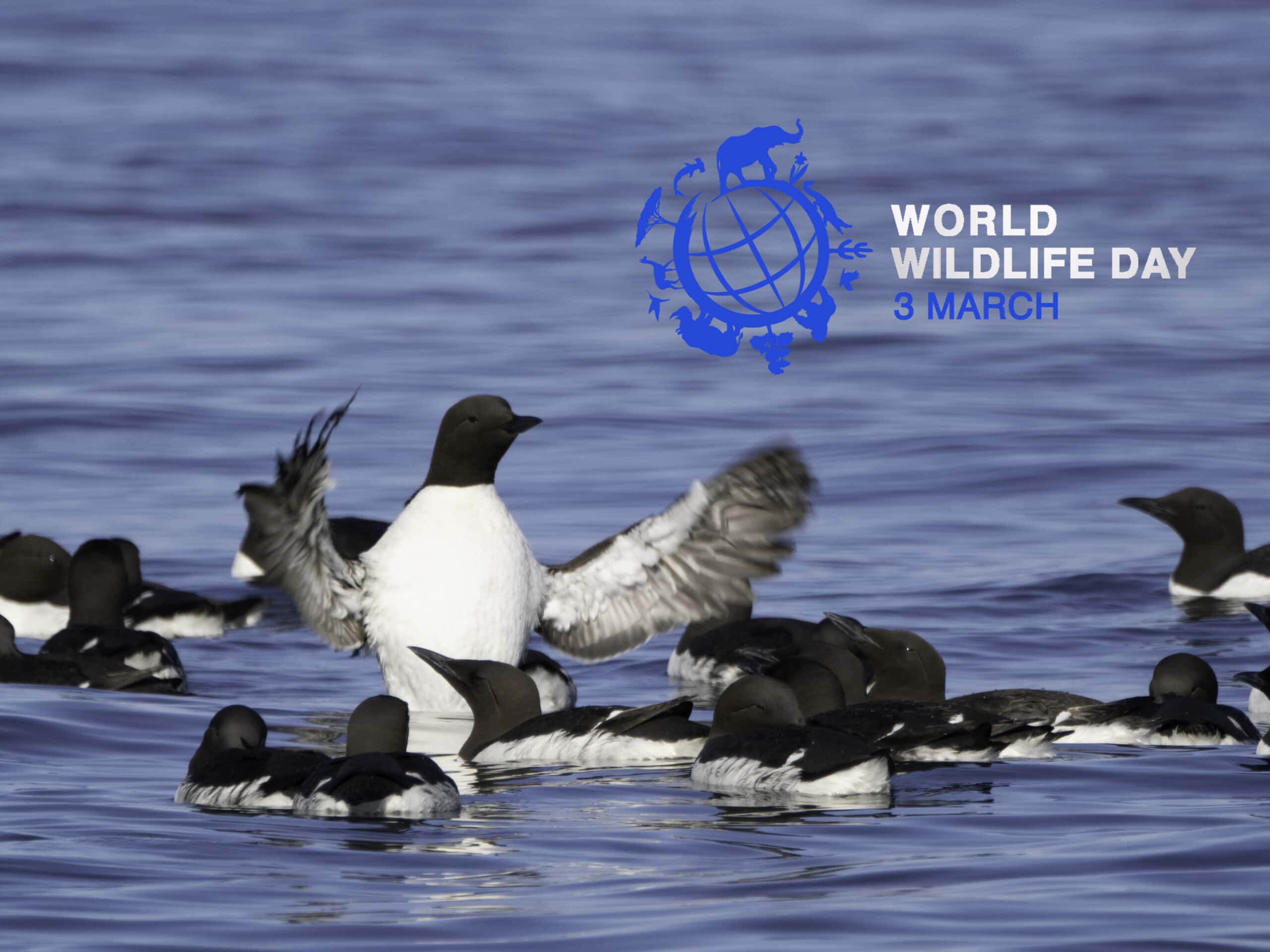














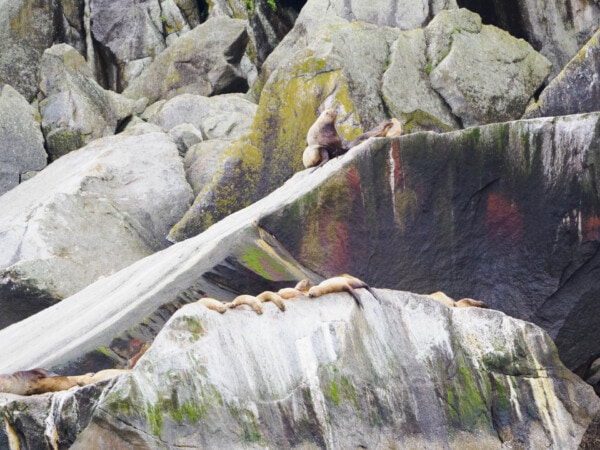






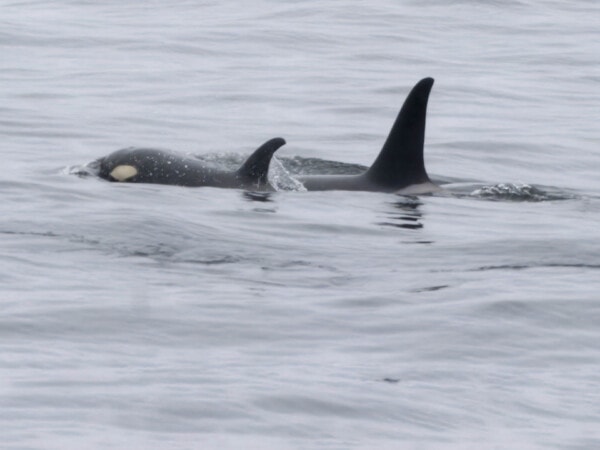






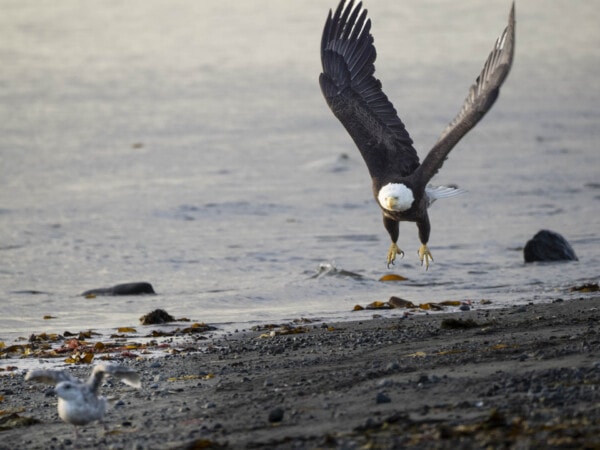





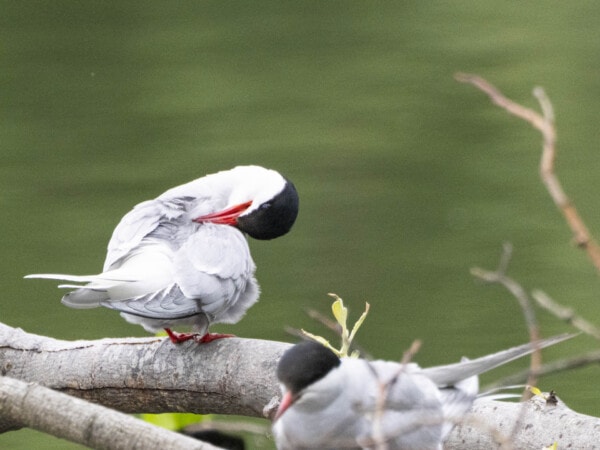



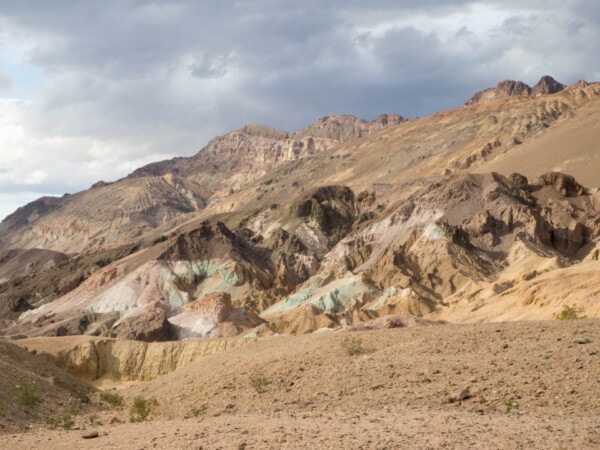



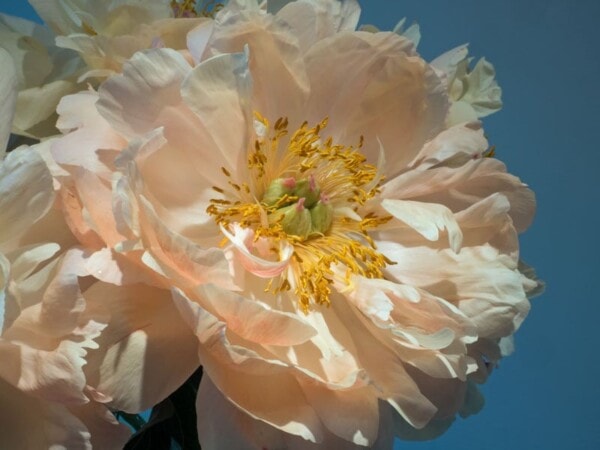

4 Responses
How interesting and such adaptation on the part of those sea otters–thanks Barry.
Great selection of wildlife and photos, thanks! Good work on the unusual facts.
I also enjoyed the range of colours of the rocks and water.
Thanks Elaine. The credit goes to Alaskan wildlife and weather.
Interesting to see the sea otters as our local Sask River otters are active all ready as we have open water in the local rivers and they play almost daily, they are extremely cute as the slide along on their Belly’s then move forward with their paws to gain traction and momentum to slide once more. Usually the river is not open this time of year so I think their presents is about 2 months earlier than normal.
I think they use air pockets near shore to survive as we also saw them up in Yellowknife on the Yellowknife river in mid winter.
Nice artical, always love animal and nature stories as they are of great interest to me. Cheers